Fly Tying Contest: Subsurface Frog Pattern Entry Finalists

Last week, I dropped a bombshell, announcing a fly tying contest giveaway intended to challenge our readers to come up with a Subsurface Streamer Frog Pattern that could be used for trout and other warm-water species (fished on a floating or intermediate fly line). It’s a pattern concept that I’ve messed around with for a while now, but never came up with anything that fully blew my socks off. Knowing that the Gink & Gasoline community is comprised of many talented fly tiers, I thought it would a perfect opportunity for the participants to show off their tying talents, and have a chance to win a rare, Mona T. Van Riper sterling silver trout money clip of mine.
We had a couple fans complain that I didn’t provide enough time for them to participate in the contest. After talking with Louis, we both agreed that the short time frame was acceptable, and that’s what made the contest challenging and intriguing in the first place. After all, a cool prize, that’s worth considerable coin, shouldn’t be a cake walk. This past week, I’m proud to announce that we’ve received quite a few really cool frog pattern entries for the contest. I’ve put together a list of the finalists for all of you to see.
In the coming weeks, Louis and I will be fishing each of them on the water and we’ll pick a winner. Thank you to everyone that participated in the contest. This has been one of the coolest contest and giveaways I’ve put together and I’ve thoroughly enjoyed it. I’m very thankful to have such a great community of readers that aren’t afraid to step up to a challenge.
Read More »Sunday’s Classic / You Can Mouse Just About Anywhere
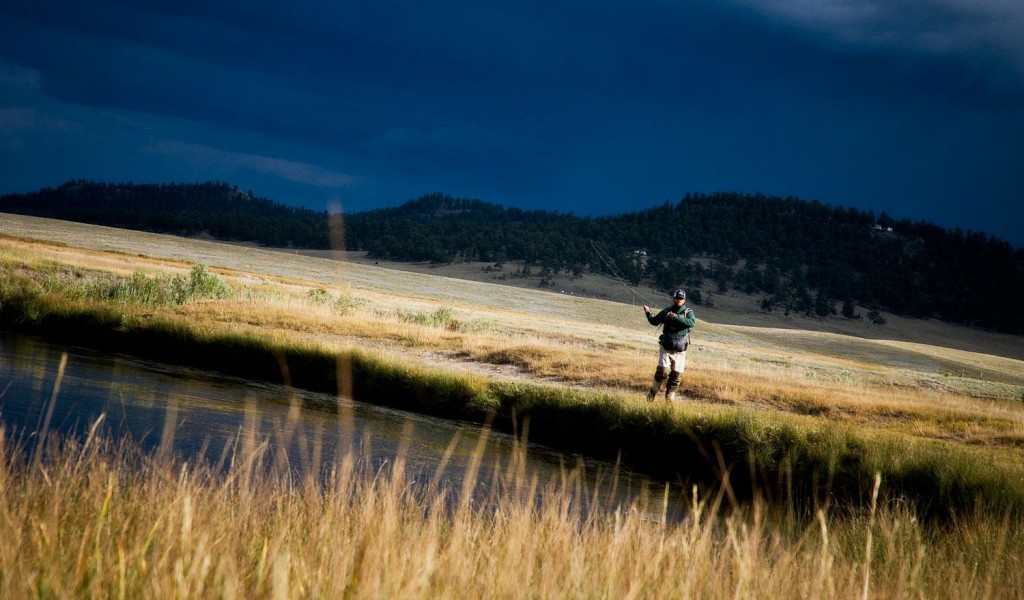
Nine years ago, I got fed up with reading articles about people all around the country and abroad fly fishing with mouse patterns and landing truly giant trout. It seemed every medium I read or watched, there were people showcasing how productive mouse fishing could be. The only problem was, where I lived in North Georgia, as well as the majority of my neighboring states, I heard very little about anyone fishing mouse patterns. You’d find a few patterns here and there in the fly bins at the local fly shops, but in actuality, I think most of those were being fished on farm ponds for bass not for trout. I couldn’t take it any longer, so I decided to go on a mousing binge, strictly fishing mouse patterns on my days off. My goal being to figure out if mouse patterns would work just as well on my home waters as they’ve proven to work so well on the blue ribbon caliber trout streams and rivers across the globe.
It didn’t take long to find success. My second trip out I landed a 26 1/2″ wild brown trout on my home tailwater. It was one of the biggest documented fly caught brown trout on the surface that anyone could remember for quite some time (many have been landed by other anglers since). I then moved on to some of my favorite small mountain trout streams where I’d never heard of anyone tying on and fishing a mouse pattern. Again, my mouse experiment yielded incredible success, and I quickly turned into a mouse fishing enthusiast. I didn’t know if I was having luck because no other anglers were fishing these big mouse patterns, or if it was simply that very few anglers in my area were willing to accept mice were regularly being preyed upon by our local trout. I didn’t know for sure, but in all honesty, I didn’t really care, because success was success, and I was going to milk it as much as I could before everyone else caught on.
Read More »Saturday Shoutout / SCOF Issue #10

I enjoy nothing more than reading the quarterly fly fishing magazine by Southern Culture On The Fly. It has a perfect mix of humor, more humor, how-to and plenty of grand photography. The boys at SCOF are great friends of ours, they’re always just a call away if we ever need anything and they’re solid and dependable as they come. Show your support for the good ole North Carolina boys (Steve Seinberg & Dave Grossman) as they continue to drop it hot with the latest SCOF #10 Winter Issue. In my opinion, SCOF is one of the most unique and influential fly fishing magazines in the present day. Congratulations boys, you never cease to amaze us with your raw talent and creativity. Most of all, we love that you two aren’t afraid to be yourselves and have absolutely no desire to follow the tails of others, no matter how quaint and popular they are.
Read More »Bruce Chard’s Palolo Worm
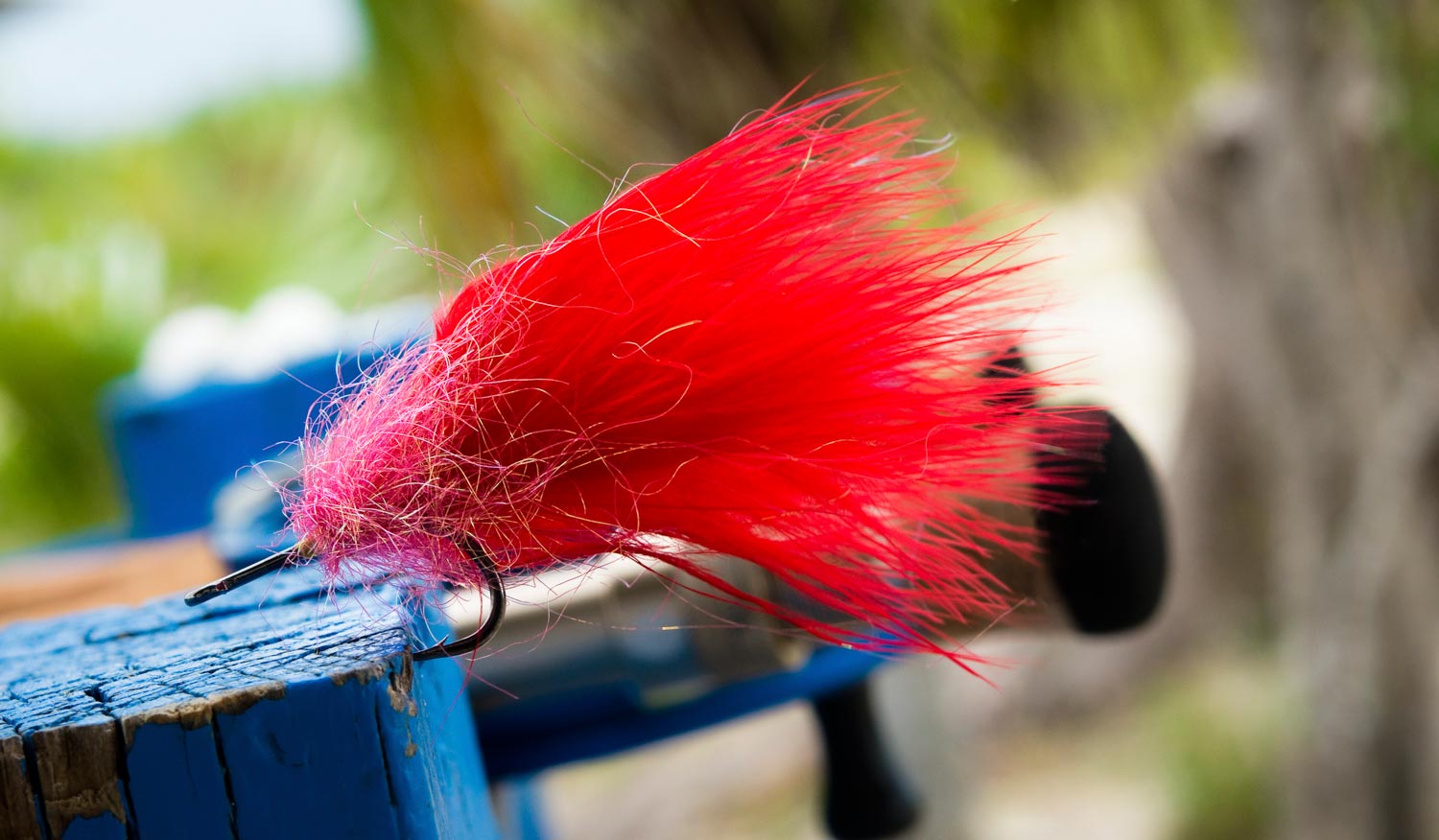
THE PALOLO WORM HATCH IN THE FLORIDA KEYS TRULY MUST BE SEEN TO BE BELIEVED.
Tarpon go completely crazy when these bright red worms pour out of the sand by the millions. The fish gorge themselves on worms and quite a few of those worms are cleverly tied imitations. It’s the fishing opportunity of a lifetime.
My good friend Captain Bruce Chard has this hatch wired. I’ve fished the hatch with Bruce and his success rate is astounding. Today he’s going the share the simple but effective fly that makes it happen. There’s not much to the tie. Anyone can pull it off, but when you see it in action it looks like a million bucks.
Watch the video and learn to tie Chard’s Palolo Worm.
Read More »Fly Fishing: Does Your Fly Patch Look Like This?
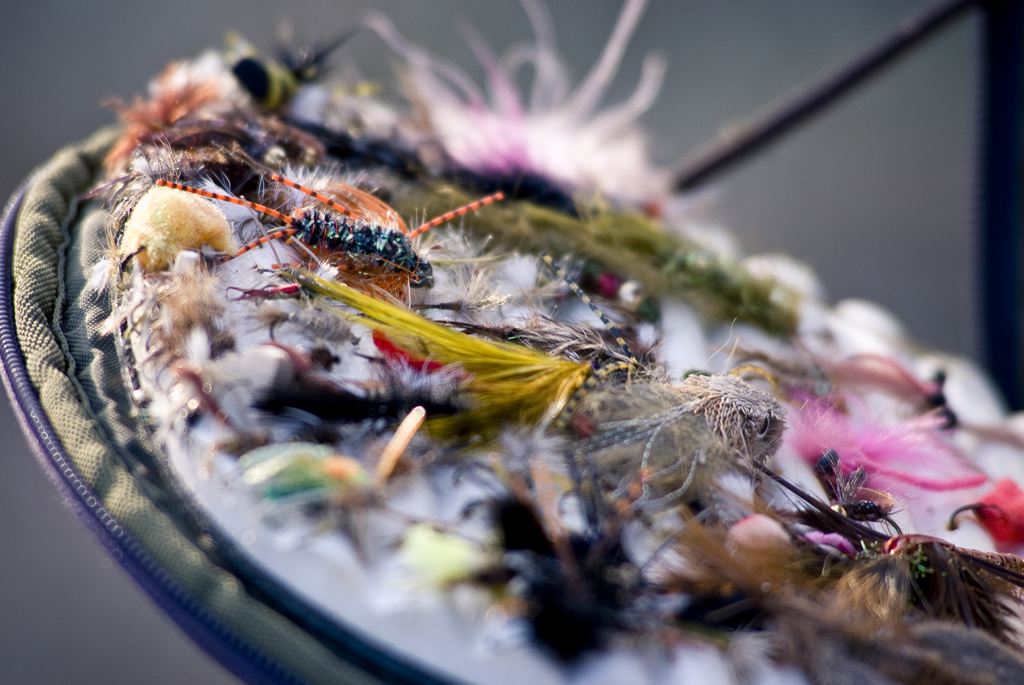
Do yourself a favor and clean out your foam drying patch on your pack, during the cold months, when you’re not going to be on the water for a while. You’ll be surprised how much your fly boxes will fill back up once you’ve done a thorough cleaning, and also just how much trash you’ve accumulated over the past season in the bottom of your packs. I’ve got a horrible habit of leaving my flies on my drying patch day in and day out. I use my drying patch as a fly box in itself and although it saves me some time on the water when I’m guiding, it ends up destroying dozens of flies during the season. That translates into quite a bit of money thrown down the drain, and significant time lost at the tying bench that could have otherwise been avoided. Don’t let your fly drying patches get out of control. They’re not meant to be used as permanent fly storage, rather, they’re a place to organize flies for your day out on the water or for drying fly patterns out until you can safely put them back in the appropriate fly boxes.
Read More »Fly Tying Pattern Contest & Gear Giveaway

TODAY’S YOUR LUCKY DAY BECAUSE YOU’VE GOT A CHANCE TO WIN AN EXTREMELY RARE, MONA T. VAN RIPER STERLING SILVER TROUT MONEY CLIP.
I’ve had this fly fishing money clip for a number of years and I love it, but quite frankly, I never use the darn thing. This handcrafted work of art, is far too beautiful for it to sit on my bedroom dresser unused gathering dust. I’d very much like to pass it on as a thank you to one of our Gink & Gasoline loyal readers that will appreciate this rare gem, enjoy using if for many years, and hopefully pass it on to a family member down the road. I genuinely mean that, so if you don’t see yourself as the money clip type, I’d really appreciate you opting out of the contest. After all, I could have easily put it on ebay and it would have easily brought me a few hundred dollars, probably much more, since I can’t find another one like it for sale.
Read More »Sunday Classic / Bruce Chard’s Double Haul Drill
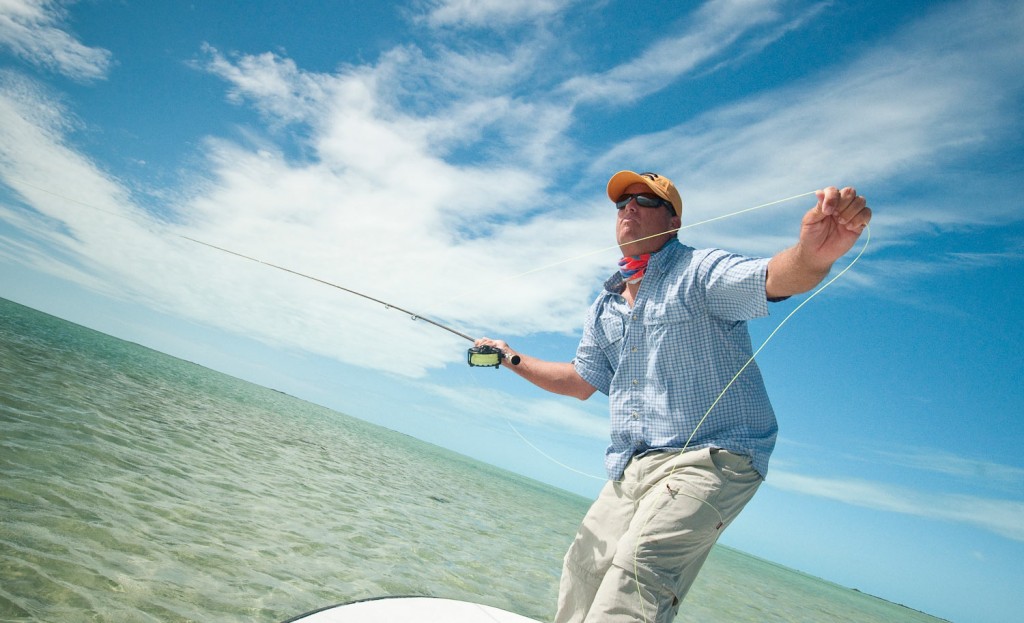
Today begins a special five part video tutorial on building blinding line speed. Line speed is the most important component in successful salt water fly fishing. There’s plenty of finesse involved but line speed is the cost of admission. If you can’t build the speed you need, you can’t catch the fish you want.
My good friend Bruce Chard is a certified master casting instructor and a truly inspiring caster. The first time, hell the first hundred times, I saw Bruce unload my jaw dropped. It’s humbling to watch what this guy can do with a fly rod. Bruce has a rare blend of skills. The technical know how of an engineer and the physical prowess of an athlete. With that in mind I asked him to help me create a set of videos that can take you from beginner to rock star. We’re calling it the Ultimate Line Speed Series. There’s a lot to cover but we’re starting here with everything you need to know about line speed.
We’re going to start slow, with the double haul. The basic building block of a dynamic cast. By day five we will be into some seriously advanced technique that is going to take serious practice. Follow along and in between videos practice what you learn and at the end of two weeks your going to be a lot better caster.
So to start, put down that fly rod
Read More »Saturday Shoutout / Silver Linings
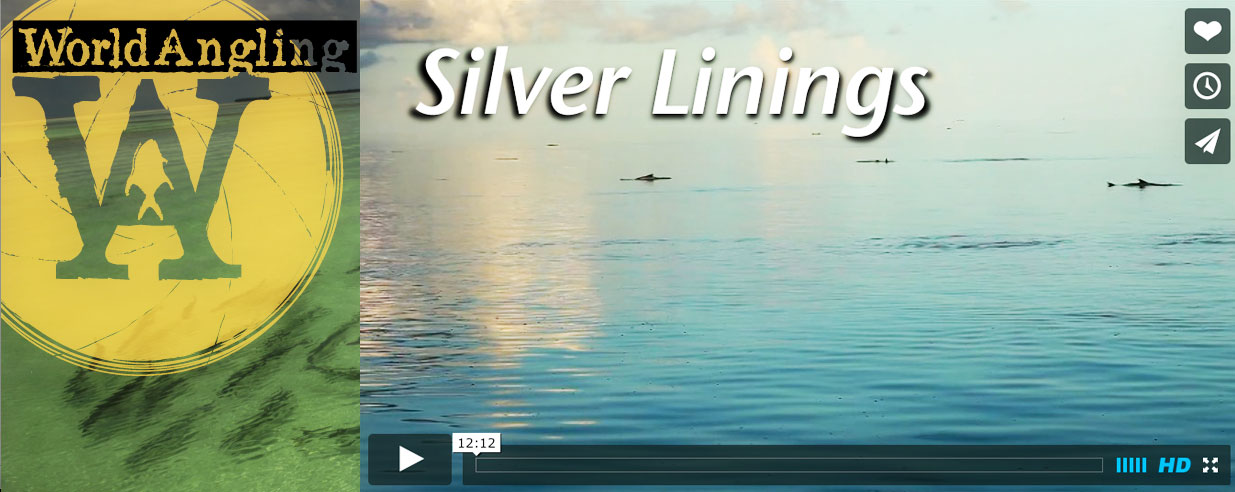
EVEN IF YOU’VE NEVER LIFTED A FLY ROD IN PURSUIT OF A TARPON, SILVER LININGS WILL MAKE YOUR HEART SKIP A BEAT.
Silver Linings is a film from the good folks at World Angling. It showcases some great Key West tarpon fishing and sheds light on issues that put it in peril. See some amazing fish and the work that’s being done to protect them from the new Royal Caribbean Panmax cruse ships.
Watch Silver Linings and REFUSE TO CRUSE PANMAX!
Read More »Fly Fishing: Why Tippet Size Can Be More Important With Nymphs
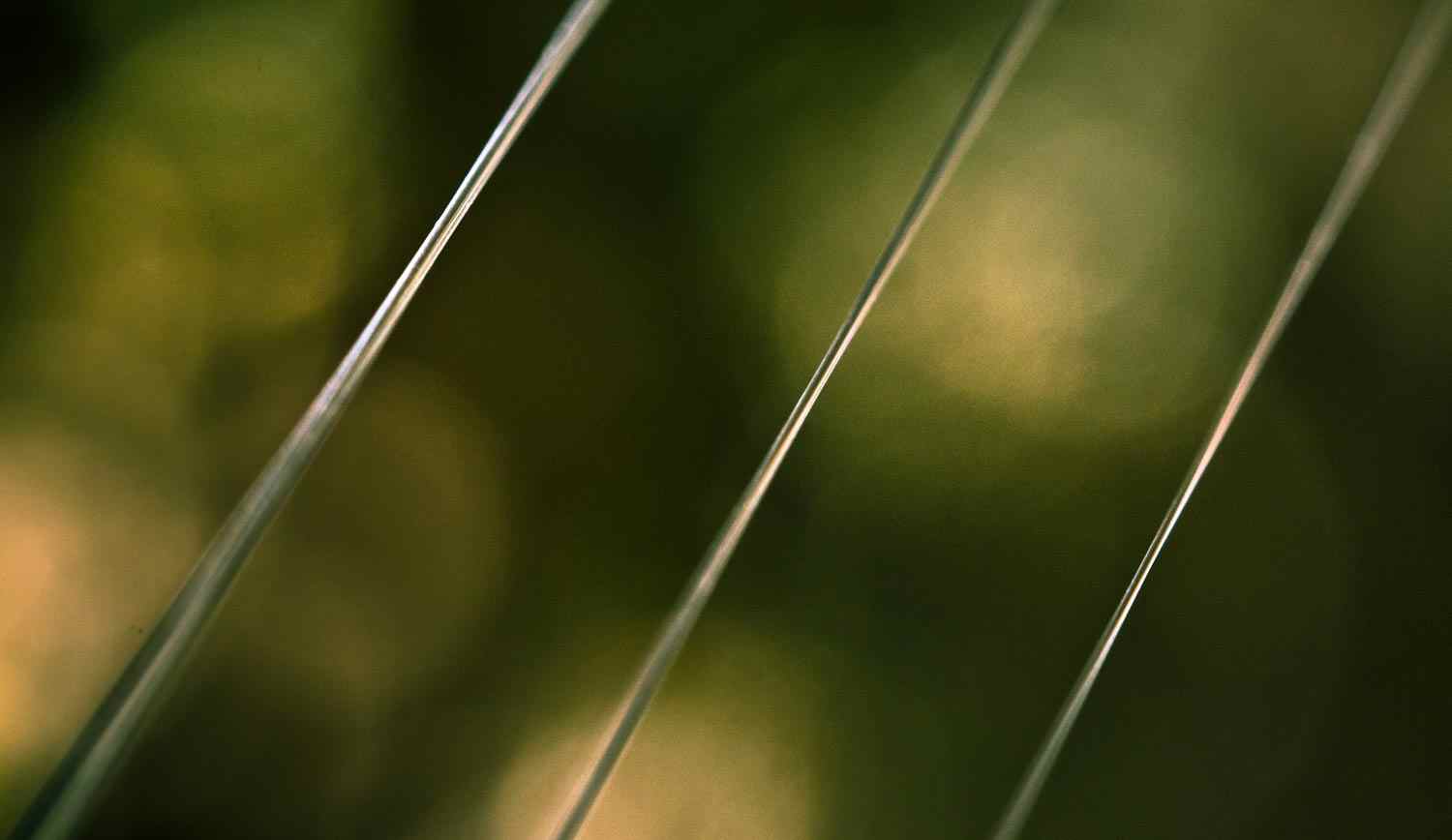
Many of us like to think it’s all about fly pattern choice when it comes to catching trout. Sometimes it is, but there’s many times when the key to getting the tough bites, lies not in what fly pattern you’re fishing, but rather in what size tippet you’ve chosen to attach your fly to. If you asked me what fly type (streamer, dry or nymph) is most important when it comes to tippet choice, I’d quickly respond that tippet size is most critical when an angler is trout fishing with nymphs. You’re probably thinking, “Thanks for your opinion Kent, but what’s the theory behind your reasoning?” For starters, trout don’t tend to be very tippet shy with streamers—in most moving water situations. A trout generally will see your big meaty streamer coming through its kitchen, and it will either pounce on it for territorial reasons or because it provides an opportunity for a large meal that it can’t afford to pass up. I’ve got buddies that regularly fish 15 pound tippet when they’re streamer fishing, hell, sometimes even 20 pound, and they have great success. And a good portion of them, aren’t pounding the banks on the river from a drift boat, but instead wade-fishing on small to mid-size trout streams. In many cases, anglers tend to fish tippet too light when streamer fishing. Fishing beefy tippet will aid in efficient leader turnover, decrease the amount of false casting needed between presentations, and lastly, it will help anglers make accurate casts more consistently at varying distances.
Dry fly fishing, makes for a much closer call, but I still stand by my belief, that tippet size is more important with nymphs. Largely because the two most important factors in dry fly fishing success, are an accurate presentation and a drag free drift. In certain situations, timing can be critical as well, for instance, when an angler is fishing to a trout actively feeding on the surface during a hatch. That being said, I wouldn’t go so far as to say tippet has no bearing in dry fly fishing. It’s just more common that the problem lies with a presentation off target (out of the target zone), a dry fly looking unnatural because of drag, or the dry fly was drifted over the trout when it wasn’t ready (repositioning after a recent feeding). If you’re certain you have all of the above correct, you’ve tried a few different patterns, and you’re still not getting bites, there’s a good chance your tippet is too large and needs to be downsized.
Read More »Sunday’s Classic / Who Says You Should Only Fish Short Fly Rods On Small Streams
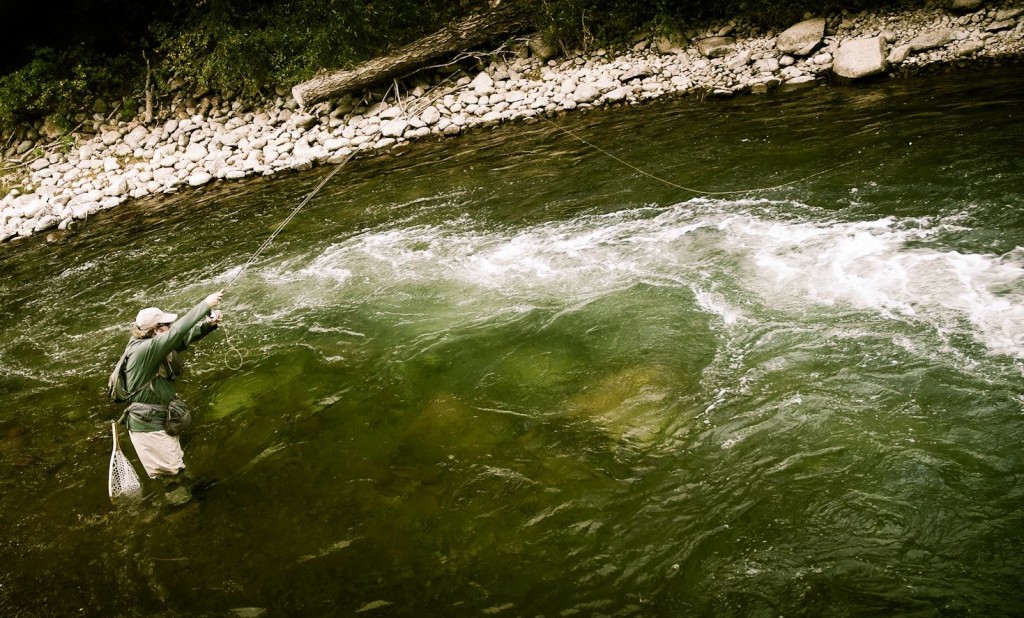
My good friend Dave Grossman decided to trade in his 9 foot boat rods for 10 footers this year. So far, this fishing season he claims the extra foot of graphite has been working wonders for his clients on the water. Dave says, “I find that the ten foot fly rods make it much easier for my clients to mend their fly line, especially when they need to mend a lot of line. That translates into them consistently getting longer drag-free drifts. The longer rods shine when we need to high-stick across multiple currents, and they also allow my novice clients to squeak out a little more distance in their casts.”
After hearing those positive comments from Dave, I decided to give them a shot with my own clients, but I’d take it a step further. Instead of just incorporating them on float trips on the big rivers, I’d experiment using them on small to mid-size streams. The first trip out was a real eye opener and success with the ten foot fly rod on one of my 30′-40′ wide trout streams. To my amazement, the longer rod outperformed my standard 8 1/2-9 foot fly rods in almost all fishing scenarios in my clients hands. The only area the ten foot rod underperformed, were spots where the stream narrowed drastically or when it was really tight and cramped. The surprising thing about that, is it actually happened a lot less than I thought it would, and when it did, I’d just handed over the shorter rod I was carrying to my client. The key was positioning my angler in the correct spot, reminding him he had a longer rod in his hand, and then choosing the appropriate fly cast to present our flies.
I continued the experiment for several more guide trips, and it quickly became apparent, that all the fly fishing literature I’d previously read about matching the length of your rod to the size stream you were fishing, was actually just one way of looking at it. If there’s one thing I’ve learned over the years with fly fishing, it’s that there’s almost always multiple options (types of casts, types of rigs, types of gear, ect.) that are feasible for anglers to use when fishing any given situation. Most of the time we end up going with the status quo, which is the obvious and most popular method for the fly fishing situation at hand. Sometimes, however, if we’re not afraid to think outside of the box, and open to use an unorthodox approach, it has the potential to end up performing even better for us on the water.
Read More »